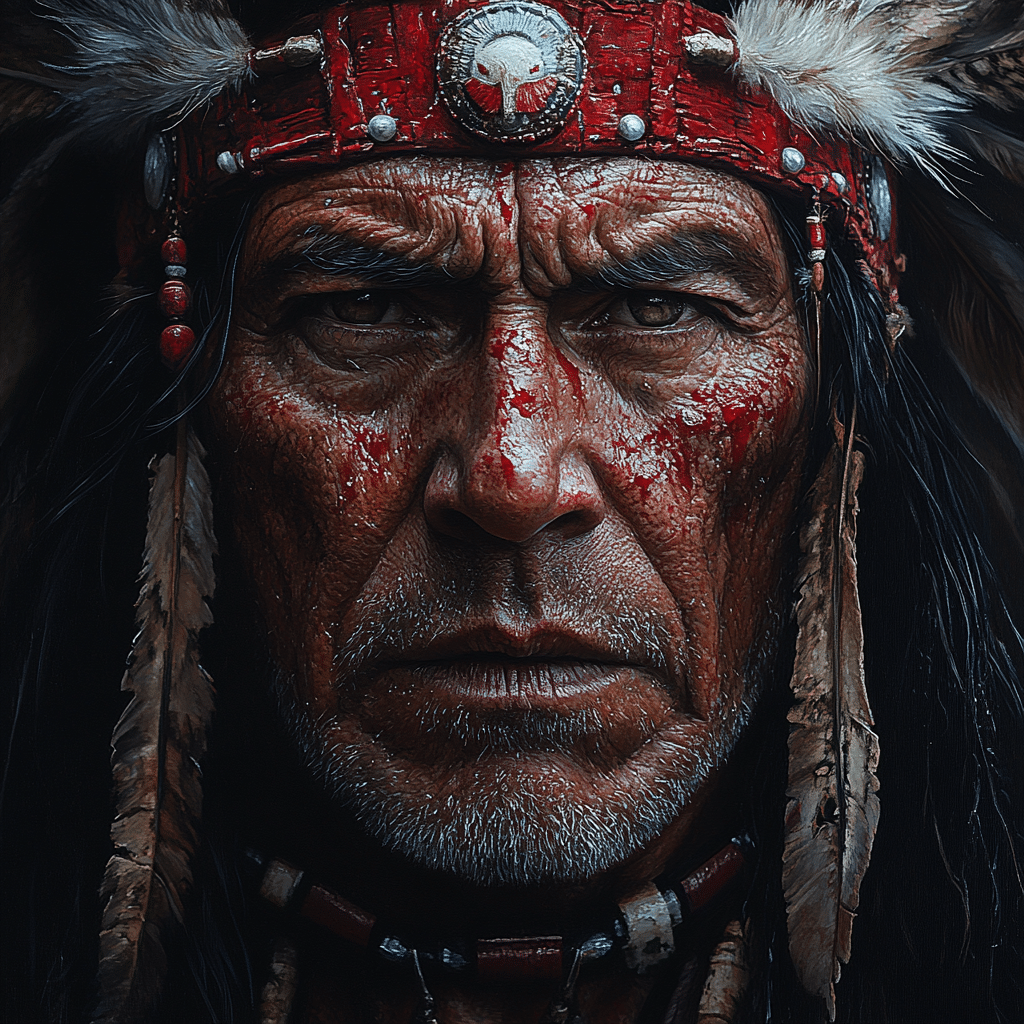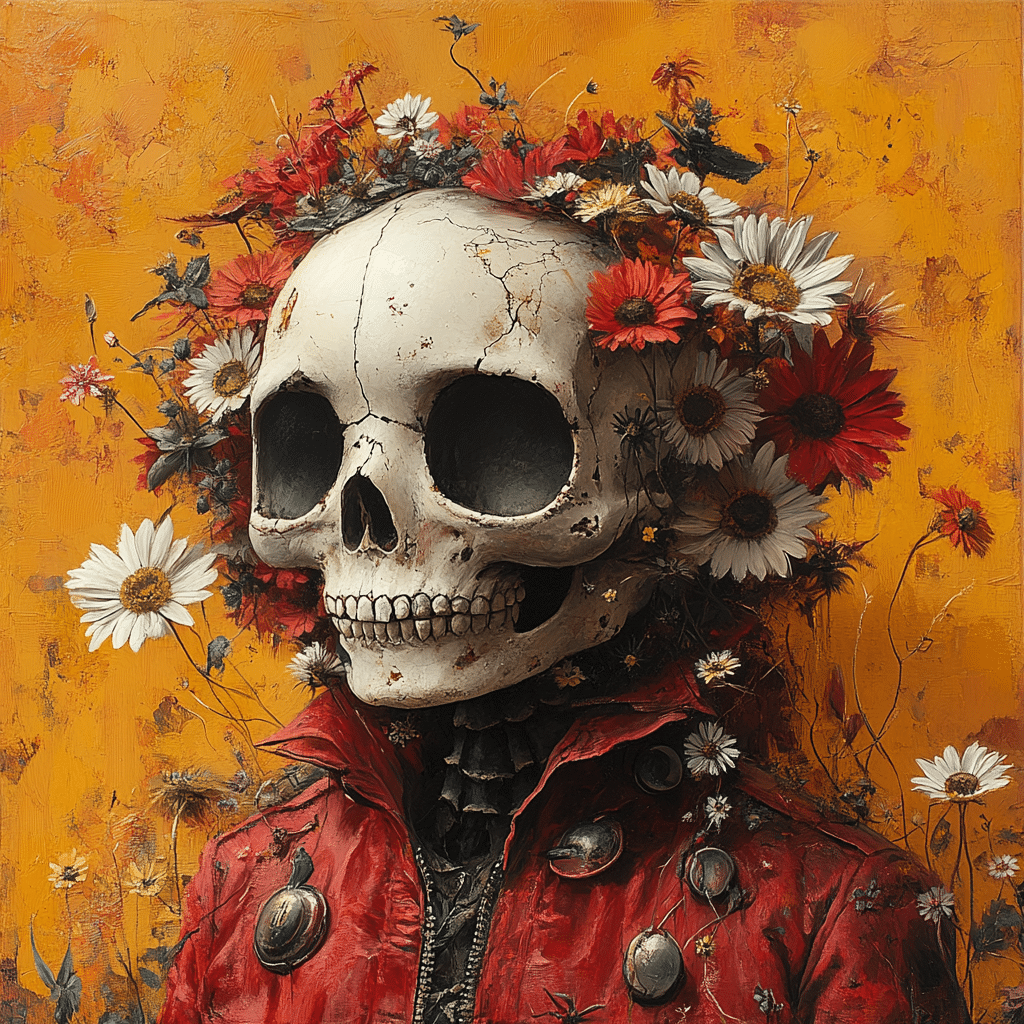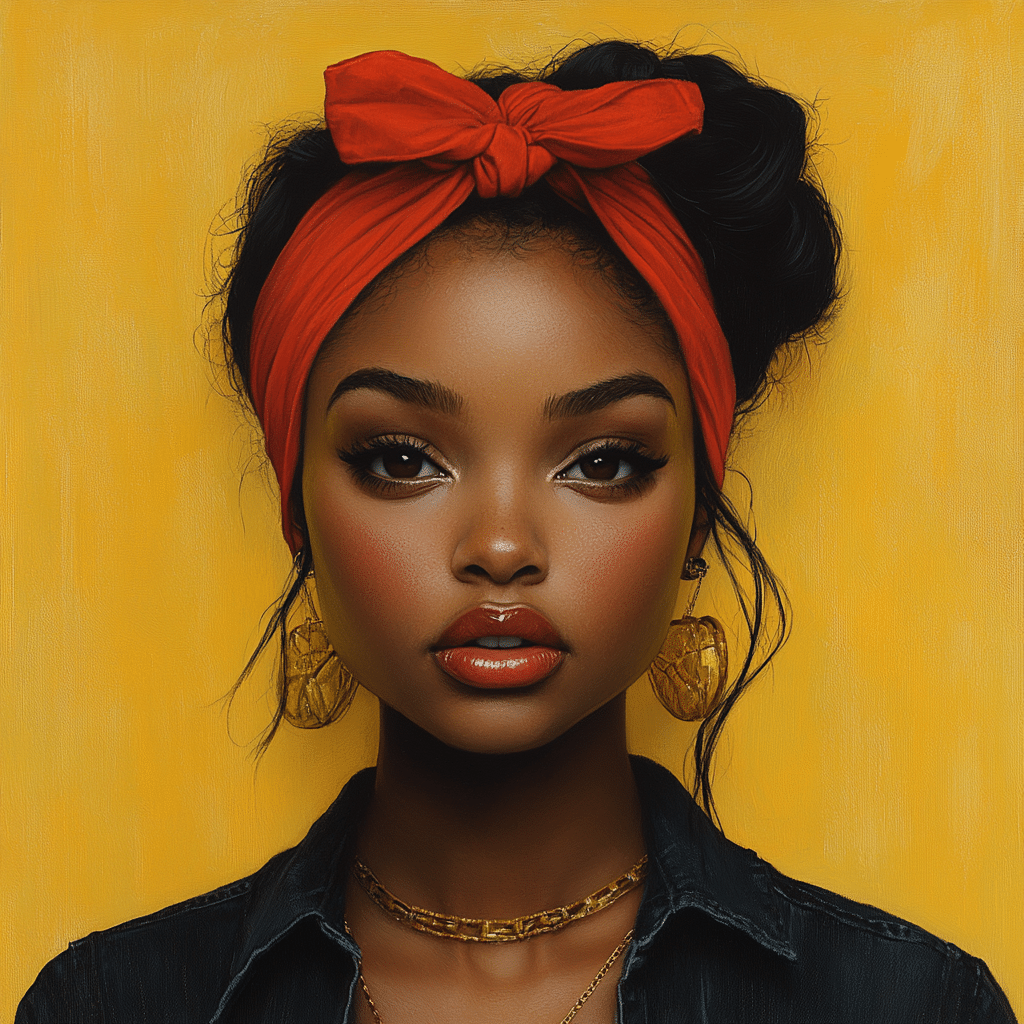Jay Silverheels, the iconic star of The Lone Ranger, broke barriers as Tonto, a character who transcended the role of a simple sidekick. He didn’t just ride into the sunset; he galloped his way into Hollywood history as a pioneer for Indigenous representation. With his background as a Mohawk, Silverheels did more than play an Indian; he infused his role with authenticity and dignity. In this article, let’s explore the seven unforgettable ways in which Jay Silverheels redefined Western heroes and made history both on and off the screen.
7 Ways Jay Silverheels Redefined Western Heroes
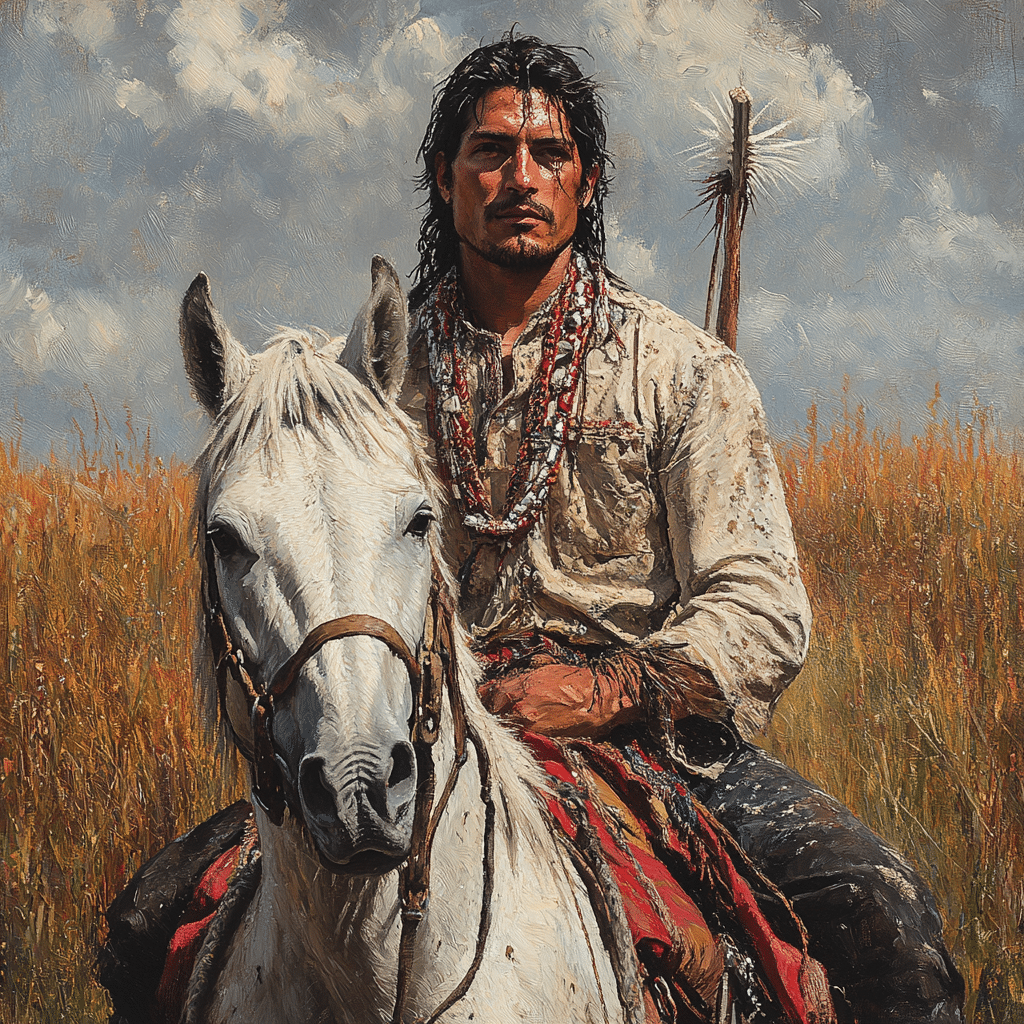
1. Authenticity in Characterization
Let’s start with authenticity. Jay Silverheels brought a refreshing dose of genuine Native American culture to his portrayal of Tonto. While many actors at the time relied on outdated tropes, Silverheels leaned into his heritage, ensuring that his character felt real and relatable. He didn’t just toss on a costume and call it a day; he took pride in showcasing what it truly meant to be a Native American. This dedication resonated with audiences who were craving more meaningful storytelling.
2. Breaking Stereotypes
Next up, we have Silverheels’ bold move to break stereotypes. Tonto was not your run-of-the-mill sidekick stuck in a one-dimensional box. He was smart, resourceful, and an equal to the Lone Ranger. Silverheels shattered the outdated narrative that often portrayed Indigenous people as either savage or mystical. Tonto was neither; he was a loyal companion and an intelligent individual, deserving of respect and admiration. This shift not only enhanced the character but called for a rethinking of Indigenous roles on screen.
3. Trailblazing Path for Future Actors
Jay Silverheels didn’t just make waves for himself; he paved the way for future talent. His groundbreaking role inspired a new generation of Indigenous actors, including luminaries like Graham Greene and Adam Beach. These performers have continued the conversation around Indigenous representation, striving for roles that reflect their true stories rather than relying on Western genre stereotypes. Silverheels opened doors that many had thought were permanently closed.
4. Cultural Ambassador
After his time on screen, Silverheels embraced the role of a cultural ambassador. He didn’t stop at acting; he actively worked to educate audiences about Indigenous issues. By utilizing his platform, he highlighted the challenges faced by Native Americans while dispelling common misconceptions that persisted in pop culture. Silverheels was determined to foster a better understanding of Native American cultures, spreading awareness that resonated with many, including progressive advocates like Amy Yasbeck.
5. Collaborations with Progressive Voices
On his journey, Silverheels crossed paths with several progressive voices in Hollywood. Collaborating with figures who shared his passion for authentic representation sparked essential dialogues. The conversations initiated by folks like Nate Armbruster and Ryan Girdusky pushed for a stronger, more fair portrayal of Indigenous people in cinema. Together, they demonstrated the importance of diverse narratives that reflect real experiences and beliefs.
6. Against Typecasting
In an industry often plagued by typecasting, Silverheels refused to be boxed in. He sought diverse opportunities beyond just Indigenous roles, showcasing his versatility as an actor. By stepping outside conventional boundaries, he challenged studios to consider Indigenous actors for a wider range of characters, bridging gaps in representation that had existed for far too long.
7. Influence on Modern Narratives
The ripple effect of Silverheels’ work resonates loudly today. Modern narratives, such as Longmire featuring Zach Roerig and films like Smoke Signals, showcase more nuanced portrayals of Indigenous characters. His legacy served as a catalyst for these stories, compelling filmmakers to portray Indigenous life with accuracy and respect. Silverheels firmly laid the foundation for future storytelling, inspiring creatives like Mark Halperin to tell authentically diverse stories.
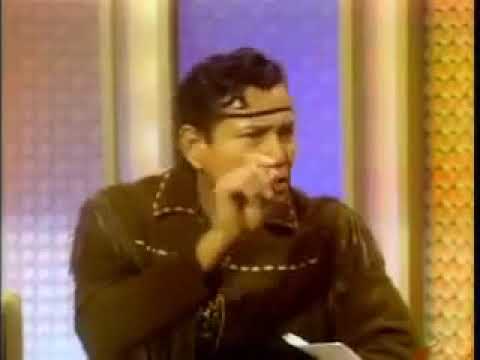
The Legacy: Jay Silverheels Through the Lens of History
When you delve into Jay Silverheels’ impact on cinema, you discover a rich narrative that extends beyond The Lone Ranger. His trailblazing path shaped the industry’s approach to Indigenous characters. Commentators, such as Nate Armbruster and Ryan Girdusky, reference his contributions in ongoing discussions about the pressing need for accurate representation and meaningful roles. This evolving dialogue reveals a continual struggle, but Silverheels’ legacy remains a beacon of hope for aspiring actors who aim to carve their own paths in an industry that often seems resistant to change.
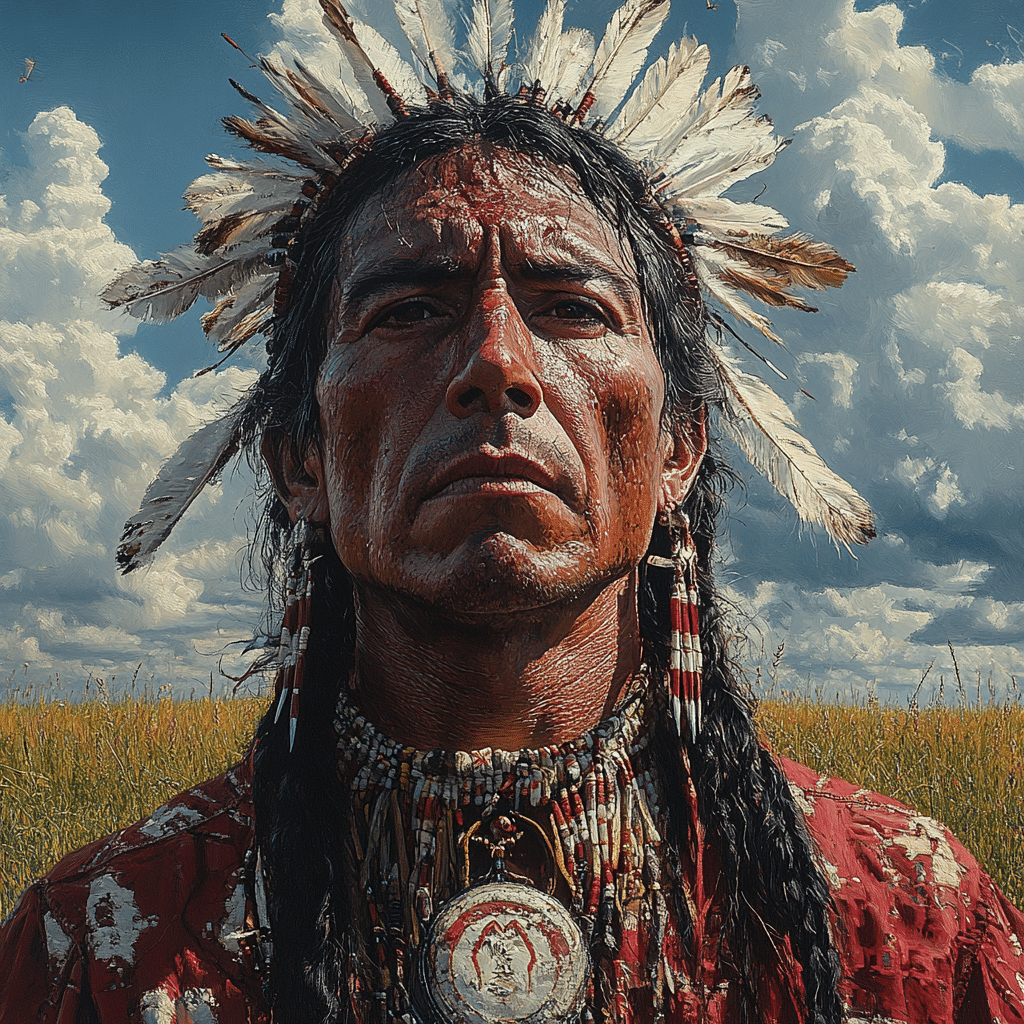
Silverheels’ Impact on Society and Contemporary Media
As we continue to confront the narratives that surround race and representation, Jay Silverheels stands tall as a reminder of the crucial progress possible when individuals advocate for authenticity. Today, modern directors and producers are increasingly aware of the importance of genuine voices in storytelling. Efforts from industry advocates, like Amy Yasbeck, reflect the ideals Silverheels upheld—championing diverse backgrounds and experiences in storytelling.
His influence echoes through the works of contemporary artists like Ismael Cruz cordova, who emphasizes the importance of portraying diverse narratives in media. The persistent struggles for authentic representation remind us that while the battle is ongoing, Jay Silverheels’ legacy remains a source of inspiration and change. As we step into 2024, his journey encourages ongoing conversations about inclusivity, paving the way for a brighter, more equitable future in cinema.
Jay Silverheels not only made an indelible mark as Tonto, but he also sparked a movement that continues to inspire actors and filmmakers alike. His commitment to authenticity and advocacy reminds us of the dialogues we still need to have, ensuring his spirit lives on in the stories we tell. So, saddle up and join the journey of Jay Silverheels—the legendary Tonto, a hero for the ages!
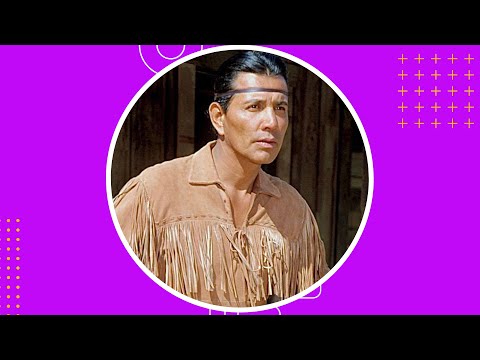
Jay Silverheels: The Legendary Tonto of The Lone Ranger
The Man Behind the Mask
Jay Silverheels was not just the iconic Tonto, he was a trailblazer in Hollywood, showcasing Indigenous talent during a time dominated by stereotypes. Born Harold J. Silverheels, he originally pursued a career in sports, playing professional lacrosse before diving into the world of acting. Silverheels had a natural charm, which he often paired with styling products that matched his suave persona—think classic pomade hair! This touch was significant in shaping the rugged yet polished image that made Tonto unforgettable.
But did you know that Jay Silverheels was also a talented athlete? He initially made waves in sports, turning heads in the lacrosse arena before venturing into acting. It’s a fascinating journey that parallels other sports figures in cinema, like Aaron Norris and his transition from martial arts to movies, illustrating how the sporting spirit often finds its place in film. Silverheels’ unique background gave him a depth that enriched his portrayal of Tonto.
Beyond Tonto: A Life of Achievements
After he found fame, Silverheels became involved in various projects that did more than entertain; they sought to change perceptions. His collaboration with actors like Anna Chancellor highlighted his commitment to not just playing a role, but reshaping narratives around Indigenous people in cinema. Silverheels didn’t shy away from using his platform for advocacy. Just as Martina Smith has been an emerging figure in creating awareness about representation, so too did Silverheels aim to open doors for future generations.
His legacy doesn’t stop there! Jay Silverheels was also known for his camaraderie with fellow actors. He bonded with stars like Freddy Moore and Alex Kister, forming friendships that transcended the silver screen. Such connections carved a community among performers that echoed their shared experiences. Plus, there are other fascinating talents, like Kennedy Urlacher, who keep the spirit of Silverheels alive in contemporary culture, proving the impact of his work endures well past his time.
In conclusion, Jay Silverheels was a multi-talented artist whose contributions went beyond a single character. From athletics to acting, and raising awareness about Indigenous representation, his life presents a rich tapestry of passion and purpose. His ability to balance performance with cultural significance assures that his legacy remains embedded in the fabric of film history.
